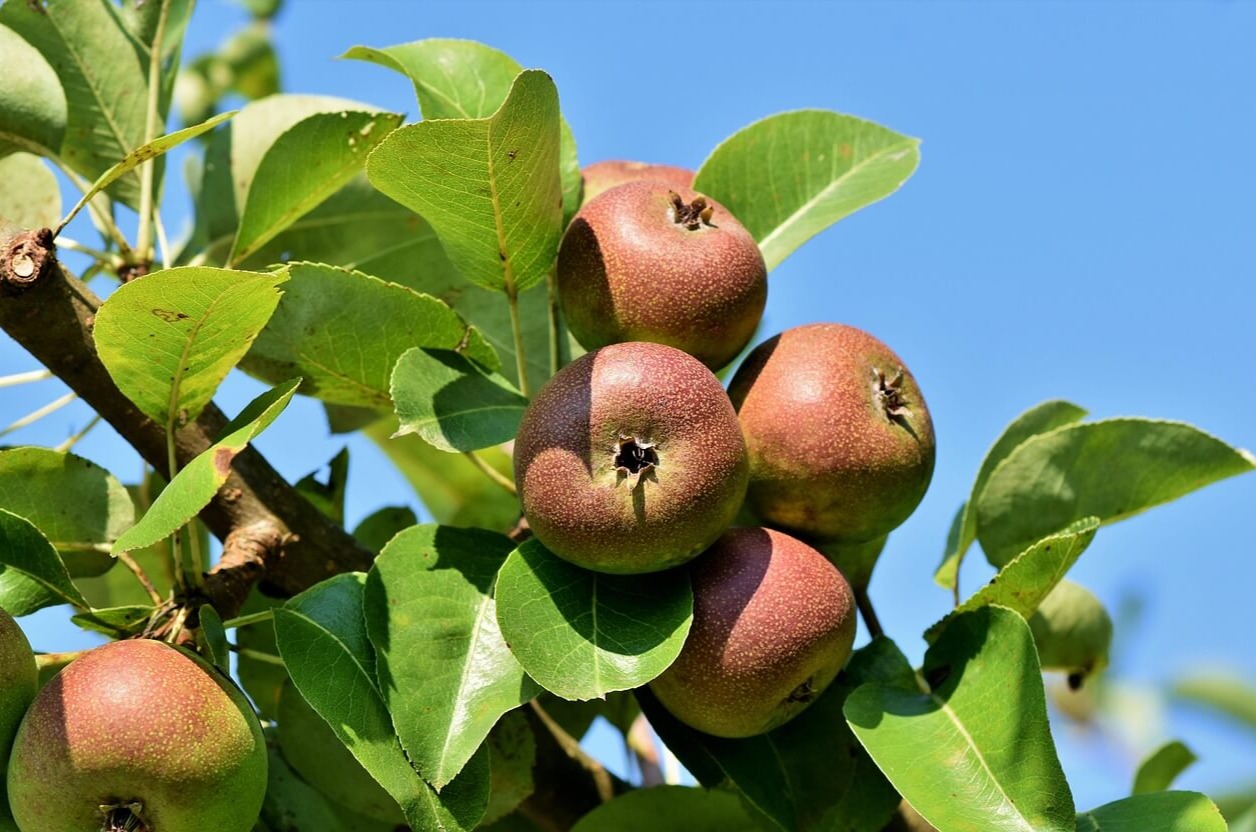US Apple Market Faces Record Harvest and Mounting Headwinds

While short-term relief is being provided by government actions, the industry's long-term sustainability is critically dependent on expanding export markets. However, this export strategy is risky. Trade relationships with other countries can be unpredictable, as seen with the costly trade disputes with India. The industry also depends heavily on a few key partners, mainly Mexico and Canada. Therefore, the upcoming season will be a crucial test of the US apple industry's ability to adapt and find profitable new markets abroad to make up for the oversupply at home.
The 2025/26 US fresh apple season is facing a considerable challenge from a record-breaking harvest. Projections indicate a record or near-record harvest, with total US apple production expected to be approximately 5.42 million metric tons (mmt) or 278.5 million bushels, a 1.3% year-over-year (YoY) increase from the previous year, according to the US Apple Association. Washington state, the nation's top producer, is forecasting a record crop of 3.62 mmt (190 million bushels). The 2025/26 US fresh apple season is facing a considerable challenge from a record-breaking harvest. Instead, the industry is bracing for a third consecutive year of oversupply, a trend that is severely depressing prices and threatening the economic sustainability of farms across the nation. Tridge analyzed the previous US fresh apple season, and factors impacting price and trade here.
The root of the issue is a fundamental imbalance. Supply is surging not only due to favorable weather but also from new, high-density orchards backed by large-scale investment firms that are coming into full production. These modern orchards employ high-density planting systems and sophisticated technologies, enabling more apples to be grown on less land. This influx of fruit is flooding a domestic market where demand has been steadily declining for years. The US fresh apple industry faces intense competition from other items in the produce aisle and a longer-term trend towards less apple consumption per capita, particularly among younger generations. The result is a saturated home market, creating significant pricing pressure. This affects even popular varieties like Honeycrisp, which has now overtaken Red Delicious in Washington with a projected harvest of 34 million bushels.
For many growers, the prices being paid are less than the cost of storage and packing charges, resulting in net losses. For instance, grower prices for Granny Smiths ended the 2024/25 season down 18% YoY at USD 27.02 per box, which is 10% below the break-even point that covers short-term operating expenses.
Figure 1. Wholesale price distribution of fresh apple in United States by variety
Source: Tridge Eye
In response, the industry is urgently pursuing a two-pronged strategy. Domestically, government intervention is providing some temporary relief. The United States Department of Agriculture’s (USDA) recent announcement of a USD 35 million purchase of fresh apples for nutrition assistance programs will help absorb some of the surplus, offering a welcome, albeit short-term, lifeline for growers facing adverse market conditions.
However, the long-term solution hinges on expanding exports. This path is critical and challenging. The global trade environment is volatile, as seen in the stalled US-India agricultural talks, which have led to the introduction of new tariffs. India's resistance to opening its markets to US farm goods highlights the significant political and economic hurdles in penetrating new markets. After retaliatory tariffs were imposed, India went from being the second-largest export market for US apples to near zero, costing growers an estimated USD 658 million in lost sales. While the removal of these tariffs has allowed the market to bounce back to become the sixth largest, valued at over USD 36 million, this is a far cry from the USD 157 million in annual exports before the dispute. While preliminary deals with nations like Japan and the United Kingdom (UK) offer hope, they are far from guaranteed solutions. The US apple industry also heavily relies on its top two export markets, Mexico and Canada, which account for approximately half of all fresh apple exports, valued at nearly half a billion dollars annually. This reliance makes any trade disputes with these neighbors potentially disastrous.
Figure 2. Export Value of Fresh Apple from United States by Country
Source: Tridge Eye
While domestic support programs offer a temporary cushion, they are not a sustainable solution to the fundamental problem of oversupply. For American apple growers, the 2025/26 season will be a critical test of resilience, defined by the struggle to find profitable homes for a record crop in a world of complex and volatile trade flows. This requires a proactive and aggressive strategy focused on two key areas: first, securing and expanding market access by reducing both tariff and non-tariff barriers in crucial regions, and second, diversifying export destinations to mitigate the risks of over-reliance on a few key partners. At the same time, growers and traders need to refocus on stimulating domestic demand through targeted marketing and consumer education in order to mitigate supply surplus. Ultimately, the industry's ability to transform this challenging period into an opportunity for strategic growth will determine the long-term sustainability of the American apple grower.





